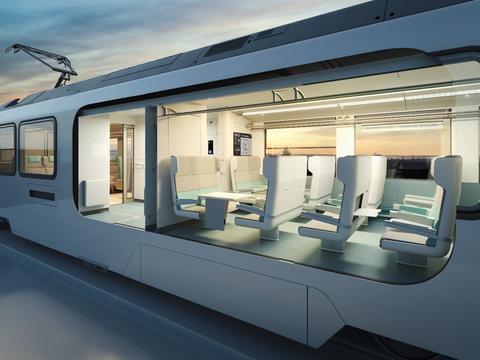Fiber-reinforced polymer (FRP) products have gained tremendous attention across various industries due to their unique properties, including high strength-to-weight ratio, corrosion resistance, and versatility. With the advancement of technology and the development of the industry, it is becoming increasingly important to understand the development trends of FRP products. This article explores the current trends shaping the future of FRP products and their applications.
1. Sustainability and Eco-friendliness
One of the most prominent trends in the development of FRP products is the increasing emphasis on sustainability. As environmental concerns become increasingly serious, manufacturers are focusing on creating environmentally friendly fiberglass materials. This includes the use of bio-based resins and recycled fibers, which not only reduces the carbon footprint but also increases the recyclability of GRP products. The company is investing in research to develop greener alternatives that maintain the performance characteristics of traditional fiberglass materials.
2. Advanced Manufacturing Technology
Developments in manufacturing technology are another key trend affecting FRP products. Technologies such as 3D printing and automated fiber placement are revolutionizing the production process. These advanced methods increase precision, reduce waste, and enable the creation of complex geometries that were previously difficult to achieve. As these technologies become more readily available, customization of FRP products will increase to meet specific industry needs and applications.
3. Integration with smart technology
Integrating smart technologies into FRP products is an emerging trend that will redefine their capabilities. The combination of sensors and IoT (Internet of Things) capabilities enables FRP products to monitor their condition and performance in real time. This development is particularly beneficial in areas such as construction and aerospace, where structural integrity is critical. Smart FRP products can provide valuable data for maintenance and safety, ultimately improving performance and service life.
4. Extended Application
The versatility of FRP products makes their application fields increasingly diverse. Traditionally used in the construction, automotive and aerospace industries, FRP materials are now making their way into areas such as renewable energy, marine and even consumer products. For example, the wind energy industry is using FRP to make turbine blades because of its lightweight and durability. As various industries continue to explore the advantages of FRP, its application scope is expected to further expand.
5. Supervision and Standardization Work
As the use of FRP products continues to expand, so does the need for regulatory frameworks and standardization. Industry stakeholders are working to develop guidelines to ensure the safety and reliability of FRP materials. This trend is critical to gaining acceptance in more conservative industries such as construction and transportation, where compliance with safety standards is critical. The development of standardized testing methods and certification will promote wider adoption of FRP products.
In conclusion
Trends in fiberglass products reflect the dynamic interplay of sustainability, technological advancements and expanding applications. As the industry continues to innovate and adapt, FRP products will play a key role in shaping the future of materials science. By embracing these trends, manufacturers can not only improve the performance and sustainability of their products, but also meet the changing needs of various industries. The future prospects of FRP products are broad and full of infinite possibilities.
Post time: Nov-13-2024




